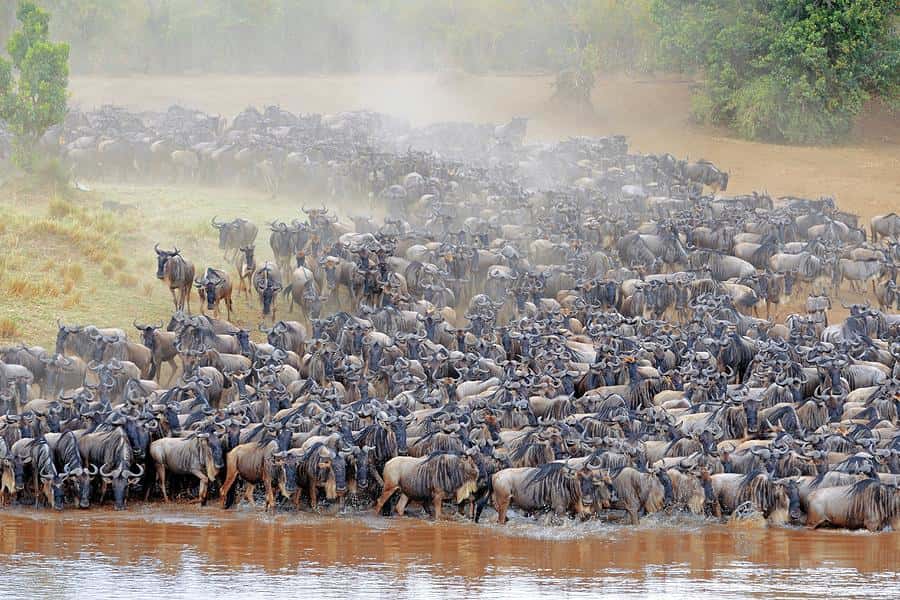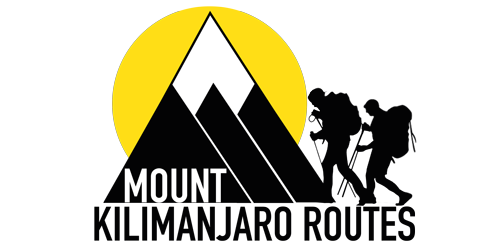View the wildebeest migration after climbing Kilimanjaro

Fabulous National Geographic video on the migration
The annual Great Migration of wildebeest and other herbivores across the Serengeti-Mara ecosystem is one of the greatest spectacles in the natural world. Over two million herbivores take part with about 200 000 zebra and 500 000 Thomson’s gazelle following one-and-a-half million wildebeest!
This impressive phenomenon is driven by the availability of grazing, which in turn is dependent upon rainfall. Essentially the wildebeest are taking advantage of the strongly seasonal conditions, spending the wet season on the plains in the south-east, and the dry season in the woodlands of the north-west.
The Migration is rarely ever the same in terms of precise timing and direction as local conditions influence grass growth. This means that the wildebeest may move off the open plains earlier in some years and remain in the northern woodlands for longer in others. Generally, though, the timing of movements is as below.
January to March
All the vast herd of wildebeest herd give birth more or less simultaneously, usually over a period of three weeks sometime between January and March, when optimum grazing is available on the short grass plains around Ndutu
April to June
Typically, the wildebeest head north-west from the short grass plains to the Grumeti River in late April. This river is their first real obstacle and crocodiles are waiting eagerly. From Grumeti, in June or July, the herds move north, often spilling over into the Klein’s Camp Concession, before moving north into the Maasai Mara.
July to November
As they enter Kenya they must cross the Mara river with huge losses to the waiting crocodiles. The surviving wildebeest then rest on the Mara grasslands until October or November. Then, as the storm clouds gather in the south, the vast herds begin their journey south to return to their breeding grounds which, by the time they arrive, are once again green and lush and the cycle begins again.



